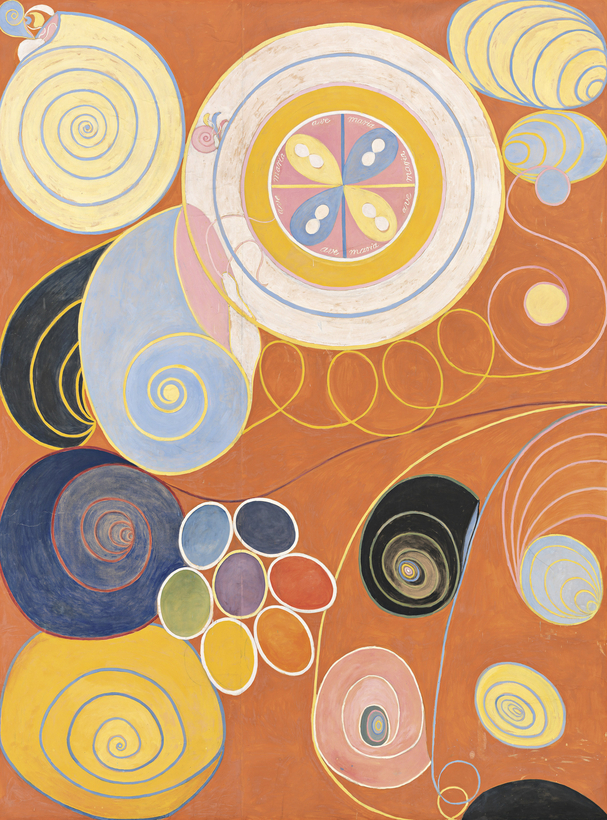In 2019—75 years after her death—Hilma af Klint’s first solo exhibition in the U.S. broke attendance records at the Guggenheim Museum. Was this triumph a correction to the shameful oversight of a woman’s pioneering art or proof of af Klint’s belief that the world wasn’t ready to handle her vision? Perhaps both. After all, the Swedish artist—whose meticulously cosmic, ethereally scientific, richly pigmented works predate the pivotal abstract paintings of Vasily Kandinsky, Kazimir Malevich, and Piet Mondrian—had made it clear that her work should not be shown for 20 years after her death. She died in 1944. As it turned out, it took many more decades before her work began to see light.

The show now opening at the Art Gallery of New South Wales, in Sydney, refers to af Klint’s long-hidden oeuvre as “The Secret Paintings,” which feels just right. A devotee of spiritualism, Rosicrucianism, and Theosophy, the artist believed that she was a conduit for otherworldly communications. The show’s curator, Sue Cramer, observes that “af Klint’s relationship with the spirits who guided her was one of constant dialogue, a two-way street. Whilst receiving their messages, in the forms of images and words, she was also an active interpreter. Straddling heaven and earth, as she saw it, she combined these spiritual visions with her own research and knowledge of the contemporary world—of science, mathematics, religious and occult philosophies.”
The exhibition focuses on af Klint’s 1907 series “The Ten Largest”—temperas on paper that are about 10.5 feet high and 8 feet wide—as well as abstract watercolors that have never been shown before. It also contains a number of af Klint’s botanical studies and some of her 125 notebooks, and it looks at her collaborations with a group of like-minded women called “the Five,” who, according to the Sydney museum, “studied esoteric texts, conducted séances, exercised automatic writing and mediumistic drawing.”
It’s plain that the work of af Klint must be seen. Nevertheless, Cramer says she has gained “a deep respect for af Klint’s holistic view of nature and humanity’s place in the cosmos. She describes herself at one point ‘as an atom in the universe.’ Never seeking the status of guru, she is rather humble, a perpetual seeker not holder of truth, someone forever questioning boundaries and resisting limitations, and I think that is something we can all learn from.” As af Klint might tell us if we were to hold our own séance, modernism isn’t a competition. Still, her Guggenheim catalogue outsold Kandinsky’s. —Emily Gordon


 Discover
Discover